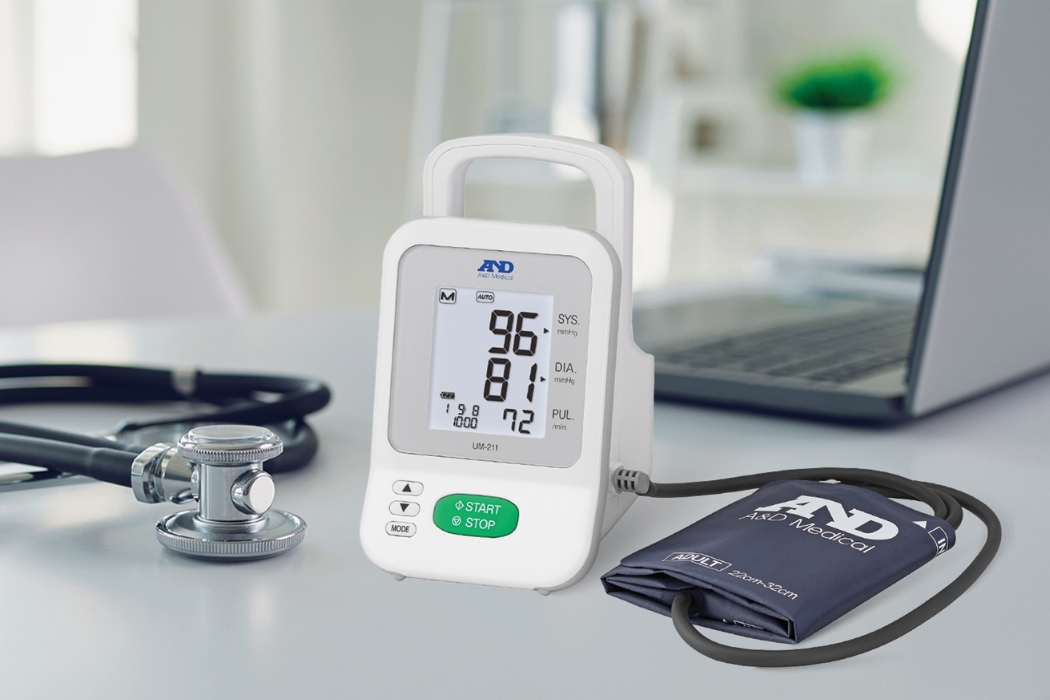Office Blood Pressure Measurement Guidelines in Canada
Following the Office Blood Pressure Guidelines is crucial for accurate diagnosis, effective management of hypertension, and reducing the risk of cardiovascular events such as heart attacks and strokes.
Adhering to these guidelines ensures consistent and reliable blood pressure measurements, which are essential for identifying patients at risk and tailoring appropriate treatment plans. This helps prevent the progression of hypertension and its complications, improves patient outcomes, and supports public health efforts to reduce the burden of cardiovascular disease.
Equipment:
- Use a validated, automated, oscillometric blood pressure device.
- Choose a cuff with an appropriate size for the patient’s arm. Select the cuff size as recommended by its manufacturer.
- Place the cuff so that the lower edge is 3cm above the elbow crease center over the brachial artery on a bare arm.
Patient Preparation:
- Seated in a quiet room for at least 5 minutes.
- Avoid talking and distractions.
- Back supported in chair with feet flat on the floor and their arm supported at heart level.
- Avoid caffeine, exercise and smoking at least 30 minutes before measurement.
Measurement Protocol:
- Take at least two readings, one minute apart.
- If there is a significant difference between the first two readings, take additional readings.
- Record the average of the last two measurements.
Blood Pressure Targets:
The patient blood pressure should be <140/90 mmHg.
- Normal: <120/80 mmHg
- Moderate: 121-139/80-89 mmHg
- Elevated – Hypertension: 140+/90+ mmHg
Blood pressure should be <130/80 mmHg for patient with diabetes. Learn more about the blood pressure readings.
Follow-up and Management:
- If elevated, confirm the diagnosis with multiple readings over a period of time.
- Consider ambulatory or home blood pressure monitoring for additional confirmation.
- Lifestyle modifications are recommended for patients with elevated or high blood pressure.
- Pharmacologic treatment may be initiated based on overall cardiovascular risk.




